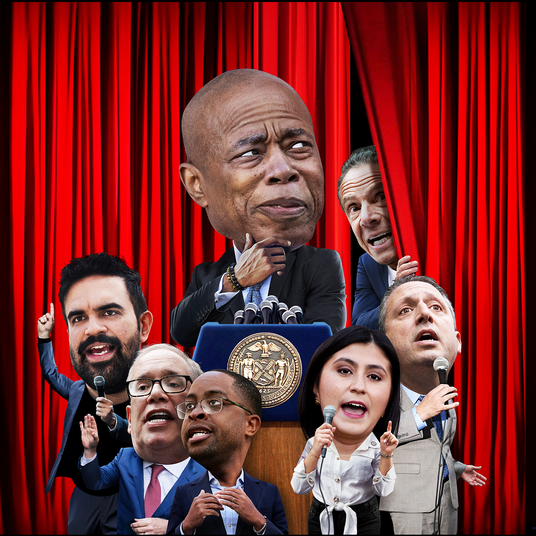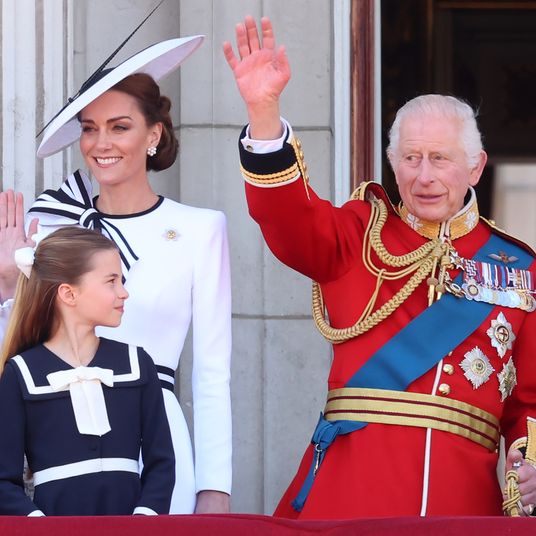
Democrats looking at their paper-thin congressional margins and the historical pattern that the party controlling the White House usually loses ground in midterms are understandably worried about 2022. But there’s a counter-theory in the air that was nicely articulated by Brent Budowsky, a former congressional staffer and columnist at The Hill:
As Americans and people around the world benefit from the gigantic surge of COVID-19 vaccinations that has begun and will grow exponentially through Spring, people will be astonished and amazed by the power and strength of the economic comeback and the restoration of optimism throughout the nation….
As the 2022 midterm elections come closer, there are high odds that Biden will be riding a wave of public popularity building on his already high levels of popularity. It would not be surprising if some Democratic consultant is already conceiving a television ad about the “Morning in America” under Biden.
In case you do not know what Budowski is alluding to: it’s an ad series run by Ronald Reagan’s reelection campaign in 1984, just prior to his smashing 49-state landslide victory over Fritz Mondale. Looking back, the ads were very effective:
Could it work for Biden in 2022? Well, positive economic trends can’t hurt, but there were some pretty important differences between 1984 and (potentially) 2022.
First of all, 1984 was a presidential reelection year, not a midterm. Reagan’s party actually lost 26 House seats and one net Senate seat in 1982, his first midterm, and it could have been much worse had Republicans not won a number of close Senate races in unlikely places like Minnesota and Rhode Island. Yes, the country was in recession in 1982. (The economy was growing in 1994 and in 2010, two midterms where the party controlling the White House had disastrous losses.) Since FDR, only one president has avoided party losses in a first midterm: George W. Bush in 2002, in the first election after 9/11.
Second of all, some other things were going on in 1984 aside from economic growth. Democrats that year were caught between two uncoordinated shifts in the tectonic plates of national political trends. Jimmy Carter had produced a startling revival for Democrats in the South in 1976, and held onto higher-than-average support in the region even as he was losing to Reagan in 1980. Without a southerner heading the ticket in 1984, the bottom fell out for Democrats in the region; they didn’t recover until another southerner, Bill Clinton, headed the ticket in 1992. Meanwhile, the counter-trend that would propel the Northeast, the upper Midwest, and the Pacific coast into the Democratic column by the end of the century had not really formed. It wasn’t just economic growth and a president with a sunny disposition that produced Reagan’s big win in 1984: He came along at a perfect time all around. It didn’t entirely last, of course; Democrats regained control of the Senate in 1986, even though the economy was still growing, though not by leaps and bounds.
Third of all, Reagan had a near-ideal foil in Mondale in 1984. As Jimmy Carter’s vice president, he could be associated with the many problems of the Carter administration (including double-digit inflation and sky-high interest rates). His party wasn’t terribly excited by his candidacy, unfortunately (though he tried to build some buzz by making a woman, Geraldine Ferraro, his running-mater); he nearly lost the nomination to a rival (Gary Hart) running on “new ideas” while Mondale seemed a figure of the past. And Mondale began his general election campaign by pledging to raise taxes to reduce budget deficits, which did not go over well.
Yes, the Republican Party that will be running in the 2022 midterms may be divided, and may also still be in thrall to Donald Trump. But Trump won’t be on the ballot in 2022, and Republicans will almost certainly be united in opposition to everything Biden wants to do. It’s inherently a tough landscape for the party controlling the White House, which is why they almost always do poorly in midterms.
Perhaps the precedents won’t matter this time around, given the unusual circumstances of a terrifying pandemic likely being brought under control and a terrifying president who recently left office, together producing a powerful sense of relief at a return to normalcy and decency. And in the longer run, even if Democrats slip a bit in 2022, the prospects for a second term (with either Biden or a broadly accepted successor at the top of the ticket) will remain good if the economy cooperates, particularly if Republicans can’t shake Trump and their efforts to vastly restrict access to the ballot box fail.
Without question Biden should run on his record in 2022. But “there’s a grownup in the White House now” might be as effective a message as a claim of national revival.






























